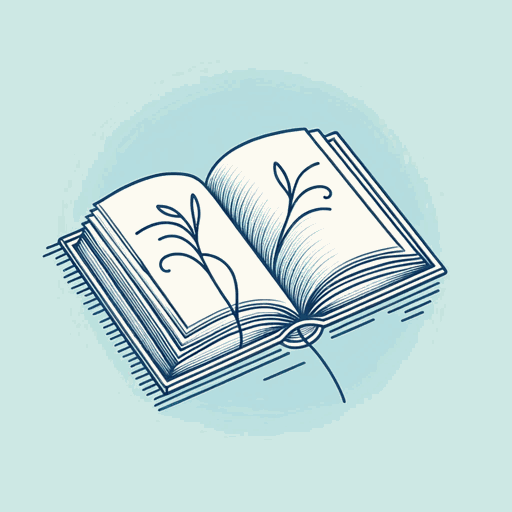35 pages • 1 hour read
Ken BainWhat the Best College Teachers Do
Nonfiction | Book | Adult | Published in 2004A modern alternative to SparkNotes and CliffsNotes, SuperSummary offers high-quality Study Guides with detailed chapter summaries and analysis of major themes, characters, and more.
Summary and Study Guide
Overview
Ken Bain’s international best-selling monograph, What the Best College Teachers Do (2004), is an award-winning study of the science of teaching and learning. Bain, a historian and pedagogical expert, promotes deep learning, backward design, and student-centered pedagogy through an analysis of effective university faculty from a variety of disciplines. His work received the Virginia and Warren Stone Prize for an outstanding book on education in 2004 and became a documentary series several year later.
This guide is based on the 2004 edition of the book published by Harvard University Press.
Summary
Ken Bain’s What the Best College Teachers Do is structured around 6 questions, the titles of Chapters 2-7. The book explains why some educators achieve outstanding learning, often “inspiring their students to new intellectual levels” (2). These educators encourage deep learning that impacts lives beyond the classroom. Bain used a variety of evidence to determine if his subjects qualified as effective faculty, including student ratings and interviews, observations of instruction, and course materials like syllabi:
This was no popularity contest; we were not interested in people because they were liked by their students. Rather, we wanted indications from the students that the teacher had ‘reached them’ intellectually and educationally, and had left them wanting more (7).
Thus, Bain’s subjects did not simply achieve good results on exams but inspired deep learning in their students. His work stresses the importance of backward course design in getting good results. Effective educators begin planning classes with learning objectives they want to achieve and questions they want their students to answer, rather than content they must cover. They design courses around the type of thinking and skills they wish to foster. By contrast, less effective educators “might scare students into memorizing material for short-term recall by threatening punishment or imposing excessively burdensome workloads” (7), which prove ineffective at encouraging long-term understanding.
Bain’s subjects used various instructional methods, while sharing some common philosophical approaches to education. For example, they all proved skilled scholars who approach teaching like a research project. Bain himself suggests higher education has an “ethical obligation” to reject the “dichotomy of teaching and research” (176). Effective teachers continually assess and reflect on their pedagogy, allowing them to truly know their students. This knowledge helps them structure and modify their teaching to better serve students. While some teachers believe there are students beyond help, Bain argues all students can achieve success under effective, compassionate mentorship (i.e., “good talk,” “warm language,” and a “promising syllabus”). Effective teachers rely on the language of possibility rather than demanding language and punishment. This approach helps learners feel invested in class and understand the importance of contributing to a community of learners. Overall, Bain’s work calls for regular evaluation of teaching effectiveness through portfolios structured like scholarly articles or books—with evidence. College and university faculty can also become better educators through regular self-reflection, as they recognize they are not all-knowing.


